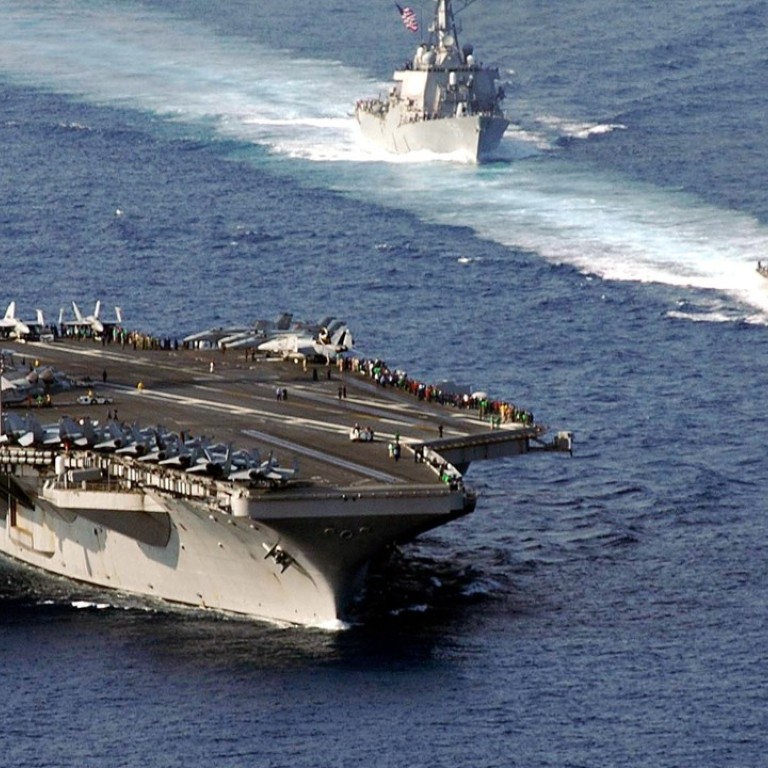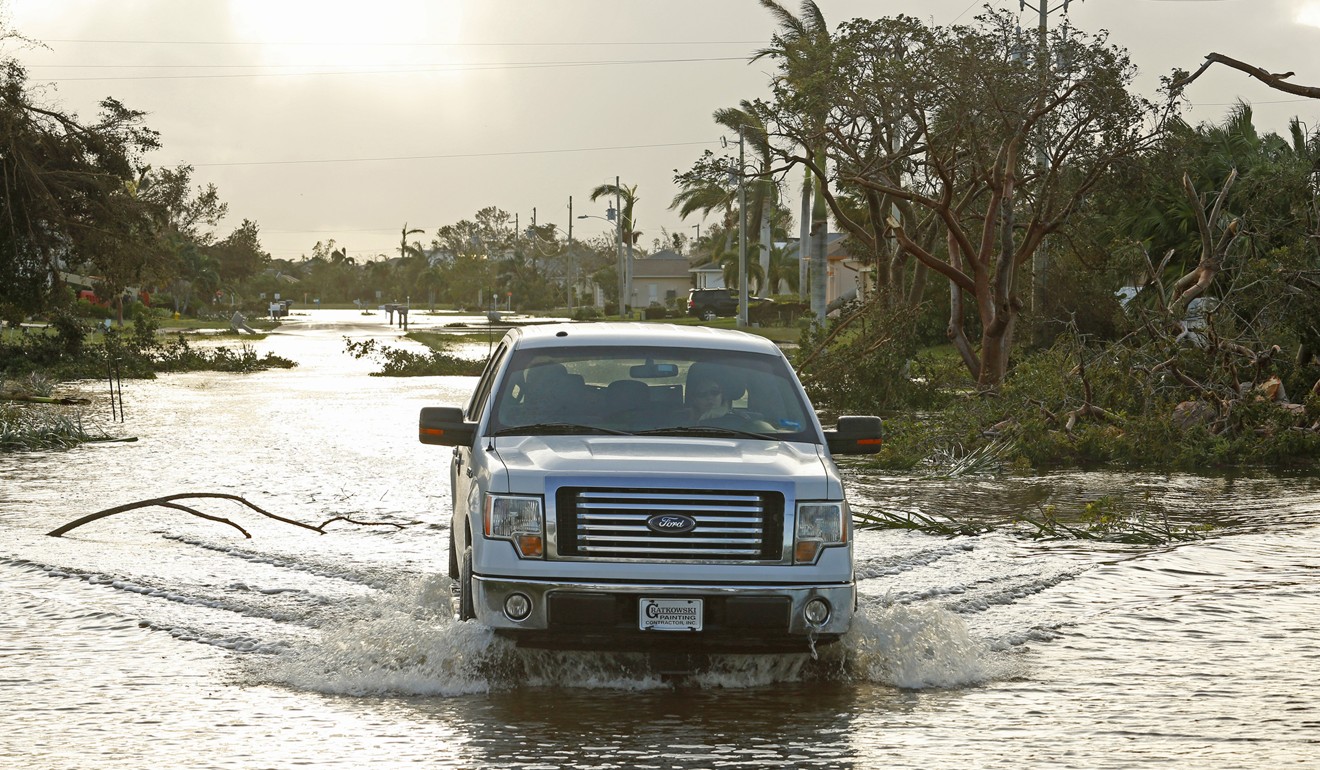
Aircraft carrier rushes to the rescue in battered Florida Keys, hardest hit by Irma in US
Authorities sent an aircraft carrier and other Navy ships to help with search-and-rescue operations in Florida on Monday as a flyover of the hurricane-battered Keys yielded what the governor said were scenes of devastation.
“I just hope everyone survived,” Governor Rick Scott said.
He said boats were cast ashore, water, sewers and electricity were knocked out, and “I don’t think I saw one trailer park where almost everything wasn’t overturned.” Authorities also struggled to clear the single highway connecting the string of islands to the mainland.


“How are we going to survive from here?” asked Gwen Bush, who waded through thigh-deep floodwaters outside her central Florida home to reach National Guard rescuers and get a ride to a shelter. “What’s going to happen now? I just don’t know.”
The governor said it was way too early to put a dollar estimate on the damage.
Around the Tampa-St. Petersburg area, where Irma rolled through early Monday, damage appeared modest. And the governor said damage on the southwest coast, including in Naples and Fort Myers, was not as bad as feared. In the Keys, though, he said “there is devastation.”

He said the Navy dispatched the USS Iwo Jima, USS New York and the aircraft carrier Abraham Lincoln to help with search and rescue and other relief efforts.
Emergency managers in the islands declared on Monday “the Keys are not open for business” and warned that there was no fuel, electricity, running water or cell service and that supplies were low and anxiety high.
The Keys are linked by 42 bridges that have to be checked for safety before motorists can be allowed in, officials said. The governor said the route also needs to be cleared of debris and sand, but should be usable fairly quickly.
In the Jacksonville area, close to the Georgia line, storm surge brought some of the worst flooding ever seen there, with at least 46 people pulled from swamped homes.
People in the heavily populated Tampa-St. Petersburg area had braced for the first direct hit from a major hurricane since 1921. But by the time Irma arrived in the middle of the night Monday, its winds were down to 160km/h or less.
“When that sun came out this morning and the damage was minimal, it became a good day,” said Tampa Mayor Bob Buckhorn.

